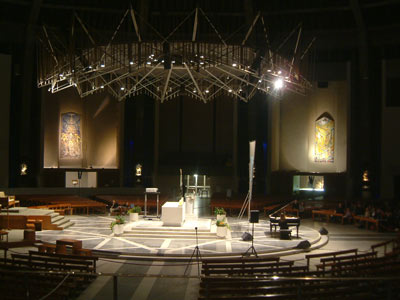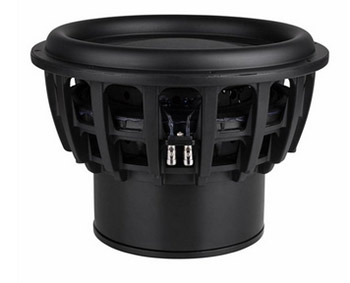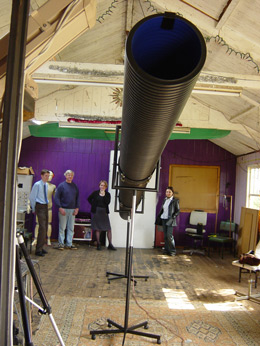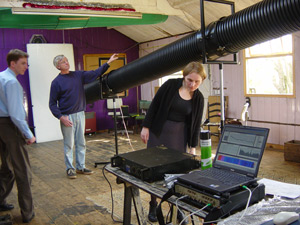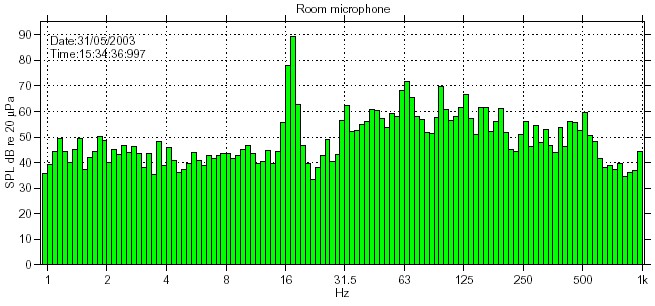Infrasonic – the pipe
A high SPL pure infrasound generator on a budget
Our infrasound generator was built on a very small budget – it was designed by Richard Lord of the UK National Physical Laboratory on the acoustic canon principle. Here’s a brief description – I’ve written this summary several years later, from memory, on request from various correspondents so please excuse any details that are missing. This description assumes the reader has a basic understanding of the physics of sound.
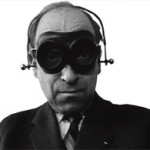
Safety warning and disclaimer
As infrasound is felt rather than heard, be wary of working with it. Monitor levels with calibrated equipment at all times. You may be working at sound pressures high enough to damage hearing or objects, without being aware of the exposure. Levels may vary markedly in a room. For a low-frequency monitoring device, look at microphones used in bioacoustics or geological research. These notes are given for guidance only – please take safety precautions and conduct your own risk assessment before working. Any work conducted with infrasound is at your own risk.
